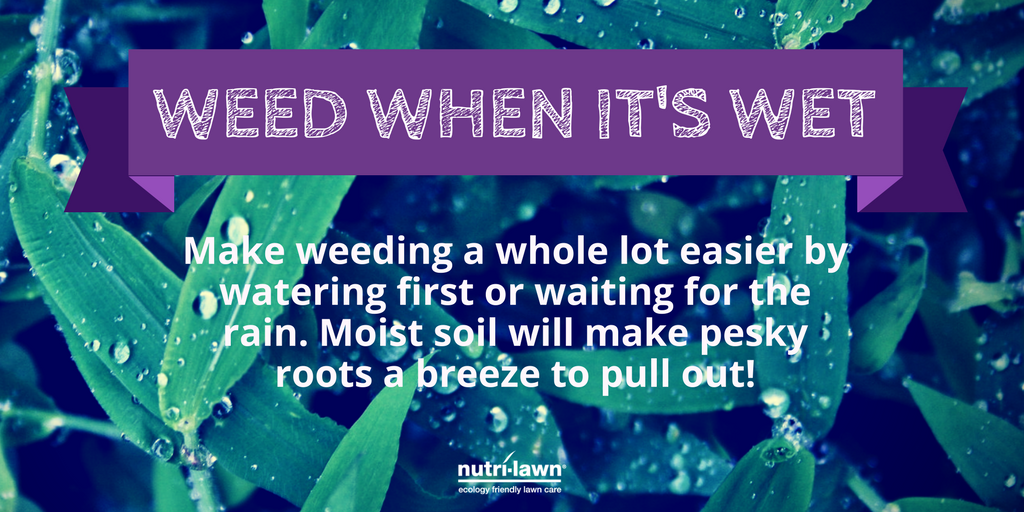
Hi readers, Shawn The Grass Expert here! If you're a lawn lover like myself, odds are high that today's blog topic will elicit one of the following strong reactions from you:
1. Cold sweat.
2. Nausea.
3. All of the above.
What is this fear-inducing blog about, you ask? Weeds of course!
Spring marks the start of the lawn care season, and with that comes the beginning of the broadleaf weeds. Weeds, just like grass, desire most of the same pleasantries - including competing for the same piece of prime real estate that receives balanced fertility, ample water and ideal soil conditions. Weeds are very aggressive, and even the best maintained lawns will have some and are prone to infestation. Tolerance for weeds is minimal and just the thought of seeing yellow dandelion flowers drives most homeowners and lawn care professionals bonkers.
Taking a proactive approach to prevent weeds is the most effective, with the best defense being a thick and healthy lawn. If and when weeds do persist there are several options to consider both natural and synthetic.
If It's Not Grass, It's A Weed!
Don't let certain broadleaf weeds fool you; in the case of your lawn, anything other than the blades of grass is widely considered a weed. Dandelions, clover, thistle, chickweed are all examples of common broadleaf weeds. These weeds disrupt the uniformity of the turf and begin to outcompete the desired turfgrass.
Growing Environment
Unbalanced fertility, poor soil conditions, excessive shade, heavy traffic, and various other conditions can all present unfavourable growing environments for turf. Weak, thin and bare areas are the first place weeds are likely to quickly take over when conditions like these persist and are not improved.
/Broadleaf_weed_types_twitter.jpg?width=1024&name=Broadleaf_weed_types_twitter.jpg)
Easy to Control
Weeds can be grouped many different ways, but one of the simplest is by whether they are easy or hard to control. Easy to control weeds are typically manageable within one season and can be effectively controlled as they appear. Dandelion and Thistle are examples of easy to control weeds.
Hard to Control

Hard to control weeds present more of a challenge to effectively eliminate. These weeds are typically low growing, spread by creeping and running along the ground and through the grass. It can take several seasons to effectively control these and in some cases weed control products have very little effect. Creeping Charlie and wild violet are examples of hard to control weeds.
Follow us on Facebook for a new lawn care tip every Tuesday, and get every new The Grass Expert blog direct to your newsfeed.






/Broadleaf_weed_types_twitter.jpg?width=1024&name=Broadleaf_weed_types_twitter.jpg)

